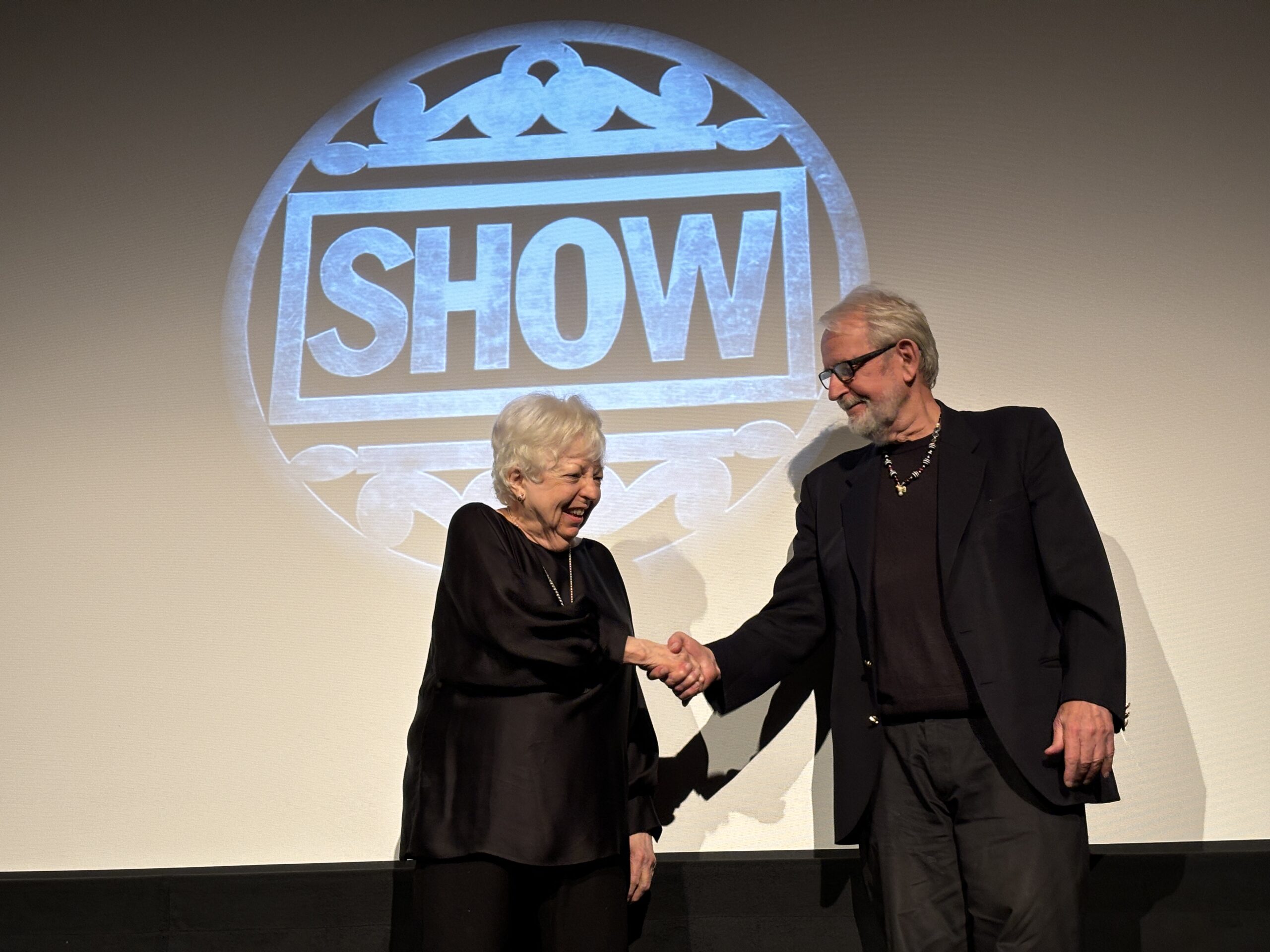
“We’re coming up on the 200th birthday of motion pictures,” film editor Walter Murch told the audience at the 51st Telluride Film Festival.
“I said pictures, not photography,” he continued, pointing out that the first zoetropes and phenakistiscopes created crude movement out of tricks of light in the early 1830s. “And for the next 60 years, we amused ourselves with these little GIFs of someone walking or horses jumping over obstacles.”
Then science caught up to entertainment, and in 1888, flexible film made it possible for someone to photograph something in motion — specifically, traffic crossing a bridge in Leeds, England.
“But, cinema was not yet invented,” Murch said. “It took another 10 years before we understood that you could break down story into individual shots, shoot them in the most convenient order, and then repurpose them in a three-dimensional display — two dimensions of space and one of time — and cinema was born with editing.”
Naturally, Murch, one of the greatest editors ever to wield a pair of snips, would single out editing as the genesis of cinematic storytelling, but he’s not wrong. Movies are the collision of one shot to the next and the emotional space traversed within a simple cut.
Sometimes, the cut is small: one shot of a character looking, another shot of what the character sees. That’s in every movie. But in The Outrun, one shot of a young girl (Saoirse Ronan) dancing drunk and disorderly in a club slams against a shot of her dancing, many sober days later, on a remote Scottish island, and you feel something. The physicality is the same, but the motivation has changed. The cut doesn’t just crash the past into the present; it bridges the emotional distance between them.
So it went all Labor Day weekend long at Telluride, where stories ranging from the political (The Apprentice, Conclave,Separated) to the personal (A Real Pain, A Sudden Glimpse to Deeper Things, Will & Harper) and all things in between. All are good. Some are great.
The Outrun, produced and starring Ronan, based on Amy Liptrot’s alcoholic memoir, belongs to the latter category. The movie is largely a narrative affair with Ronan in practically every scene, but one quick shot of Liptrot in place of Ronan takes your breath away. It’s a cut Murch would have been proud of.
As would have the great Thelma Schoonmaker, one of the recipients of this year’s Silver Medallion — Ronan and French filmmaker Jacques Audiard rounded out the trio.
Schoonmaker and Murch, who introduced the former’s tribute, are the only editors to have been honored with the Silver Medallion. After receiving hers, Schoonmaker held a master class, breaking down three scenes from her films with director Martin Scorsese (Raging Bull, Goodfellas and Killers of the Flower Moon), to show what editing is and how it works on the audience.
In the clip from Flower Moon, Schoonmaker illustrated a lesson she and Scorsese learned from her late husband, Michael Powell: how to convey information without telling them the audience what to think, just how to feel. It’s a lesson she knows well, one that Yunus Roy Imer, editor of The Outrun, no doubt also knows.
Telluride is a forward-thinking festival in love with the past, which is why an 84-year-old editor and a 30-year-old actor both received tributes and wowed audiences with their movies.
“I suspect that we’ll be here for the 100th anniversary of the Telluride Film Festival, because ever since the invention of language, people have been assembling in caves around a campfire and telling each other stories,” Murch continued at the Schoonmaker tribute. “The difference now is that we assemble in these caves and we watch the campfire — the flames themselves are the images telling the story.”
